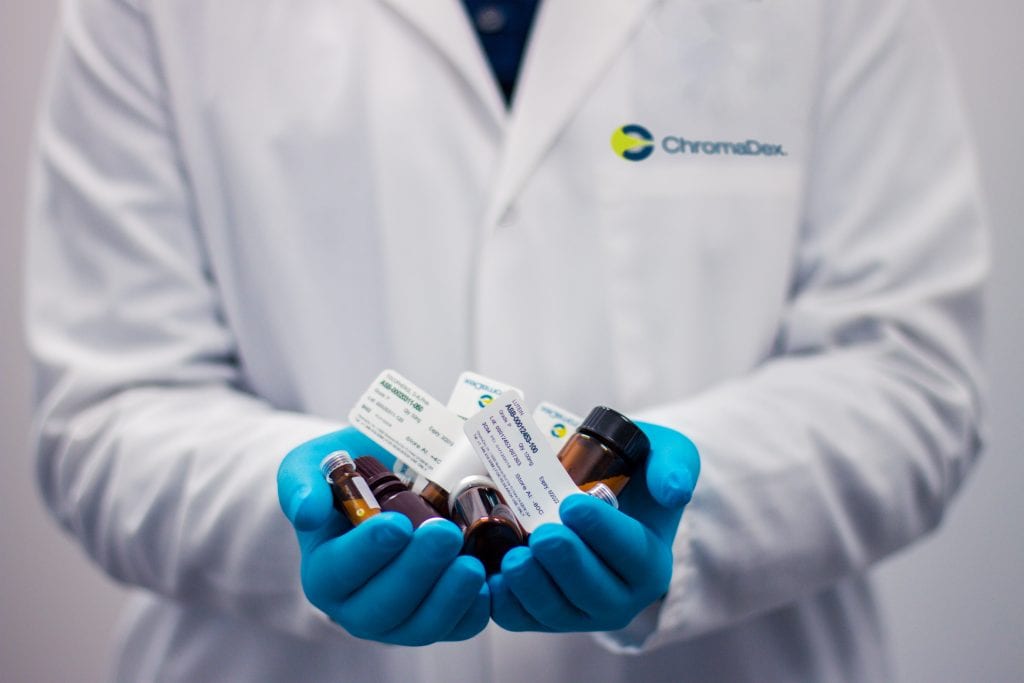There has been a lot of investment around healthcare payments in the last 12 months. And for good reason. Payments for healthcare amount to approximately 17% of U.S. GDP and many are still made by check.
The impact of the pandemic forced a great deal of change in payment practices in this vertical as it has in so many others. U.S. Bank announced the results of a recent study they conducted to understand consumers’ thoughts about the way that they pay for health care. The full announcement can be found here.
Some of the key findings from the survey conducted in February of this year are as follows:
- Virtual care and contactless payment methods rule: 64% had a telehealth appointment in 2020, and 68% were in favor of expanding access to telehealth when feasible.Device sanitation became more important than ever during the pandemic: 76% of consumers said they were somewhat or extremely concerned about touching payment devices.
- Digital payment options are gaining traction, but there’s room for improvement: Within the last 12 months, 44% paid for their care at the doctor’s office at the appointment, 28% paid via the provider’s online portal, and 23% paid via mobile app. However, more than 32% paid by mail, and 21% called in to pay their bills.
- Patients want more digital options to pay their bills: Nearly half would like their provider to offer the option to pay via contactless credit or debit card, and nearly 60% said their perception of their provider would improve if he/she offered contactless options. Forty-three percent said they would be more likely to use a portal if they could pay their balance and view payment history.
- Many find paying their bills difficult: Nearly a third (28%) said they wished healthcare was more like the banking industry when it comes to payment types and payment options. Nearly a third said their provider’s digital options did not provide enough information about their payment history or balances due.
- Consumers are worried about the security of their data: Consumers continue to worry most about their Social Security numbers and credit/debit card information being stolen, but healthcare is perceived more positively now than in the past relative to other industries.
- Affordability of care is a challenge: 37% consider a medical bill of $100-$500 too expensive, and nearly half of those surveyed were surprised by a high medical expense in the last year. Of those who could not pay for an unexpectedly high expense right away, 38% chose to make recurring payments, and 26% used a credit card.
Overview by Sarah Grotta, Director, Debit and Alternative Products Advisory Service at Mercator Advisory Group
